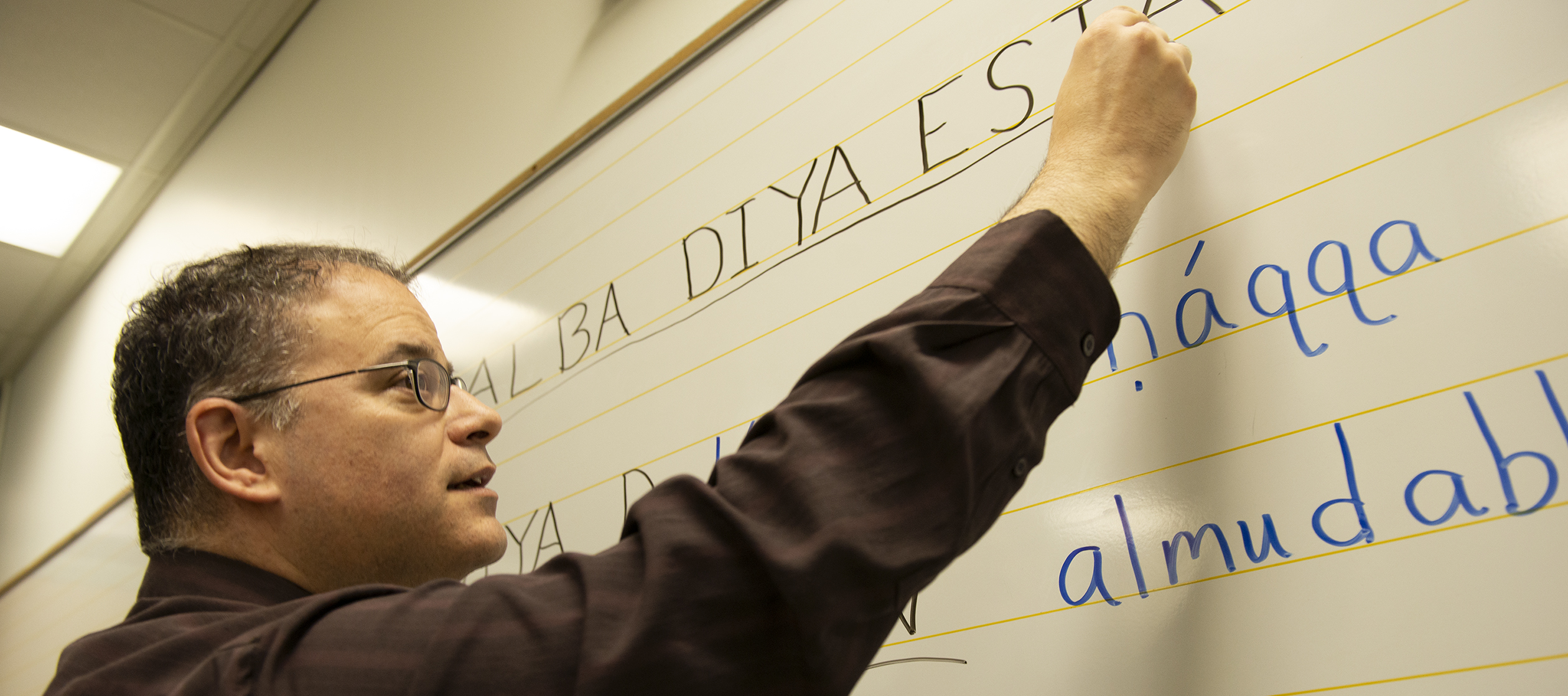| | El prestigio cultural de Galicia, sobre todo en el siglo XII, era enorme: existe un documento de 1185, de Matilla de la Seca, al este del Araduey, es decir, ya oriental que presenta todos los carácteres gallego-portugueses. A. Zamora Vicente en Dialectología española
WHAT IS THIS PAGE ABOUT?
This page presents an introduction to the Galician-Portuguese language, spoken in Portugal, Brazil and in the Northwest of the Iberian Peninsula, with emphasis in this last area. Every summer students from Poland, Russia, Romania, France,Germany, Italy, the United Kingdom, Ireland, Portugal, Brazil, Cuba, Mexico, Chile, Argentina, the United States, Canada and from many other countries, of different languages and cultures, make the pilgrimage to Santiago de Compostela, Galiza to attend the Language and culture courses given by the Institute of the Galician language (ILG). As a student of the three courses, the shortage of learning material, outside of the classroom, always has shocked me and therefore I began to translate a manual Galego 1, published by the ILG in 1971. Since this manual is out of date as far as the official grammar rules and as far as current life in Galiza, the project involved the translation of the grammar points written in Castilian into Galician, the expansion of information about the literary texts, and the translation of the readings to Castilian, English, French and Italian, as well as compiling Vocabulary lists in those languages. In 1199 a poem appeared, which nowadays is very important in the study of Romance linguistics, the Descort plurilingue of Raimbaut de Vaqueiras. Each verse is composed in a different language, among Provencal, Genoese, French, Gascogne, and Galician-Portuguese. The poem, written very far from Galiza and Portugal, illustrates the importance of Galician-Portuguese not only in troubadour poetry, but also as a language of culture and of international prestige. Like the Descort plurilingue, but without its artistic merits, the translations of the readings in Castilian, Italian, French and English offer a starting point for the comparative study of the Galician language, in reference to some other romance languages and English, which might be able to be used in the Summer sources or by anybody interested in Galician and Galiza. The readings talk about a Galiza which now does not exist, but they paint a colorful picture of a past style of life in a rich and useful vocabulary into to start to know the idiosyncrasy of the language and culture of the country. The political, social and even linguistic make-up of Galicia is very complex; at times it is difficult to understand and one does not always arrive at a definitive solution. The grammar rules used here are the official ones approved by the ILG by the Real Academia da Lingua Galega and by the government of Galiza, but there are other rules, perhaps more valid in linguistic, historical and practical concerns in order to assure the survival of the language. I hope to by able to expand this study and page to consider these other sets of rules.
Links to a page on Galician authors as well as to Galician linguistic information are also located above.
Juan Antonio Thomas Testa
| |
